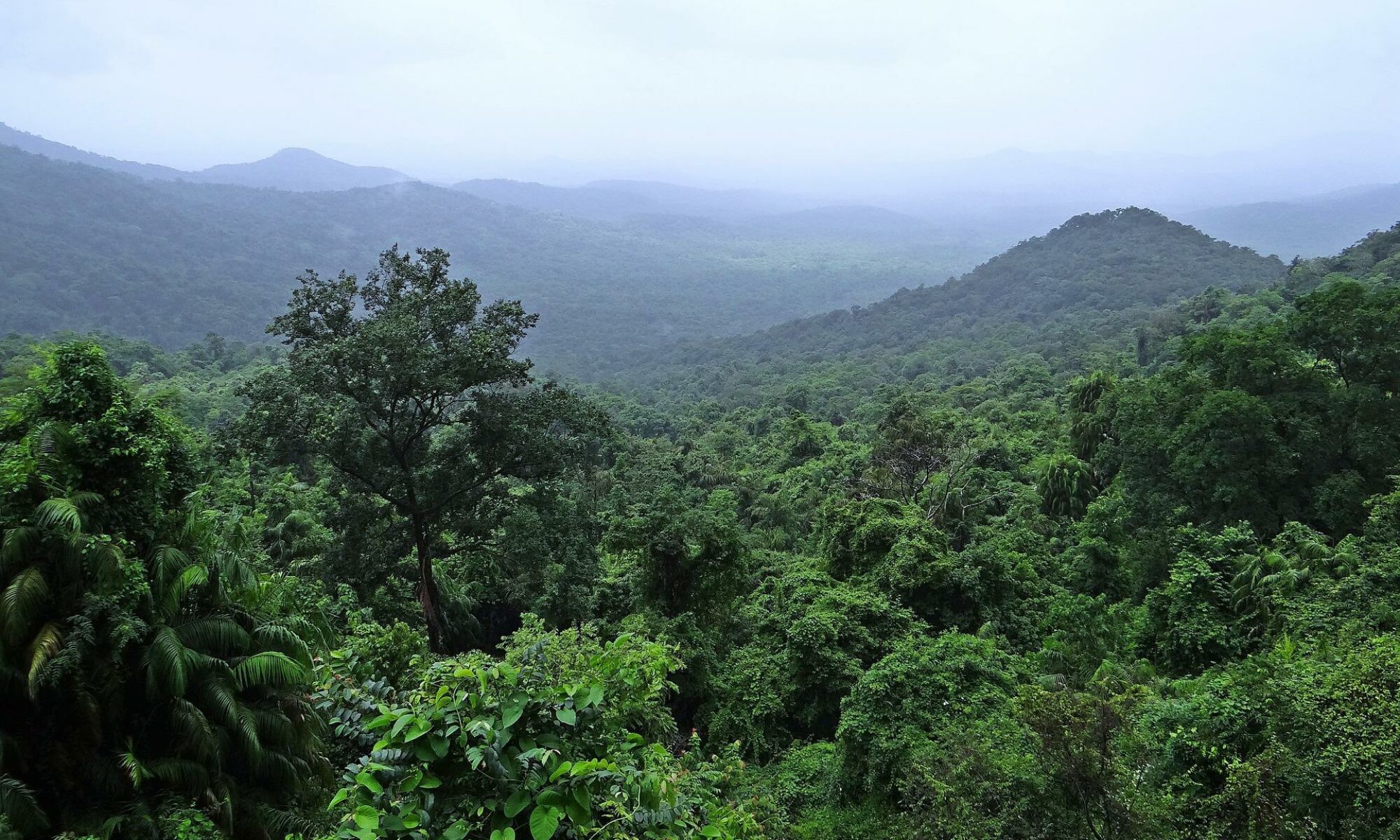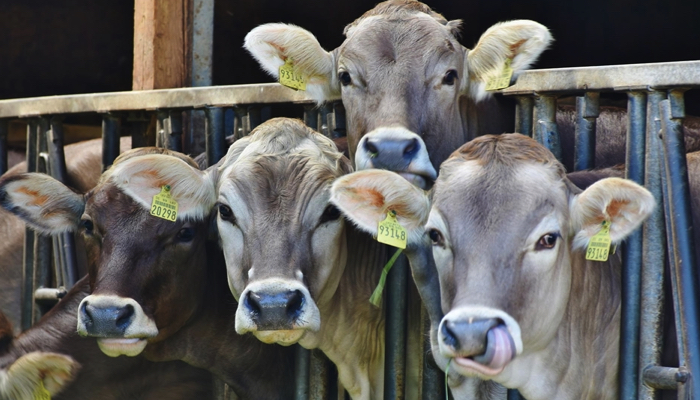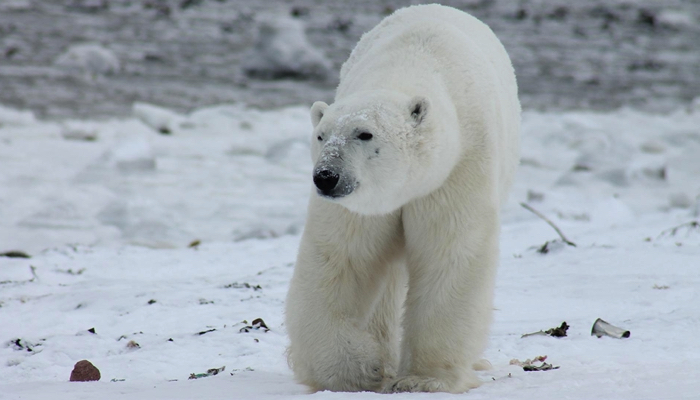The Intergovernmental Panel on Climate Change (IPCC) recently concluded that climate change was mostly caused by humans. In the past few years, we’ve witnessed an increase in the frequency of natural disasters and their impact. This is, in many ways, have links to the deepening climate crisis.
Over the past 50 years, human activities have warmed the planet to a great extent. Such global warming is largely the outcome of greenhouse gas emissions. The greenhouse gases trap the heat passing through Earth’s atmosphere. Carbon Dioxide and water vapor are two of the natural greenhouse gases present in abundance on the planet.
However, human activities have added more quantities of such gases. Here are a few human activities that are causing climate change in recent times:
1. The use of household appliances and gadgets
We use a wide range of appliances and gadgets at home, not knowing its impact on the environment. For instance, several hours of internet usage on your desktop or smartphone releases additional carbon dioxide into the atmosphere. Every single email that you send, every movie that you watch, and every search on Google matters.
Upon reading this, you might think that these are rather insignificant activities for increasing carbon emissions. However, it’s essential to consider such activities on a global scale to understand their impact on the world. All such activities amount to significant greenhouse gas emissions every year.
2. Deforestation
A mature tree has the ability to absorb up to 46 pounds of carbon dioxide every year. A forest spread across roughly two acres of land can absorb a significant amount of this greenhouse gas. It is almost equal to the carbon dioxide produced by annual mileage of an average car. The presence of trees can regulate the climate to a great extent by absorbing carbon dioxide in the atmosphere.
The greenhouse gas that they’ve absorbed goes back into the atmosphere when the trees are felled. The forest cover has shrunk by about 200 million acres globally since 1990. In recent years, efforts have been made to restore 420 million acres of lost forests by the year 2030.
3. Road, rail, and air transport
Fossil fuels were the source of more than 70% of energy consumed in the United States in 2020. Coal, natural gas, and oil are different kinds of fossil fuels. The burning of such fuels produces greenhouse gases such as nitrous oxide and carbon dioxide.
We’ve relied on motorcycles, cars, buses, trains, and planes for our transportation since many decades. All of these transport modes are powered by the burning of fossil fuels. So, it’s obvious they’re some of the major sources of damage to the environment.
4. Livestock farming
Cattle are among the major producers of greenhouse gases from the agriculture industry worldwide. This was revealed by the University of California at Davis. There has been an increase in methane gases over the years due to an increase in livestock farming. While digesting their food, the sheep and cows produce methane. One cow belches more than 200 pounds of methane every year.
Methane warms the atmosphere in a more damaging way than carbon dioxide despite having a relatively shorter shelf life. There has also been a considerable increase in the global meat consumption. So, it’s hardly a surprise that the greenhouse gas emissions would increase significantly towards the end of 2050.



